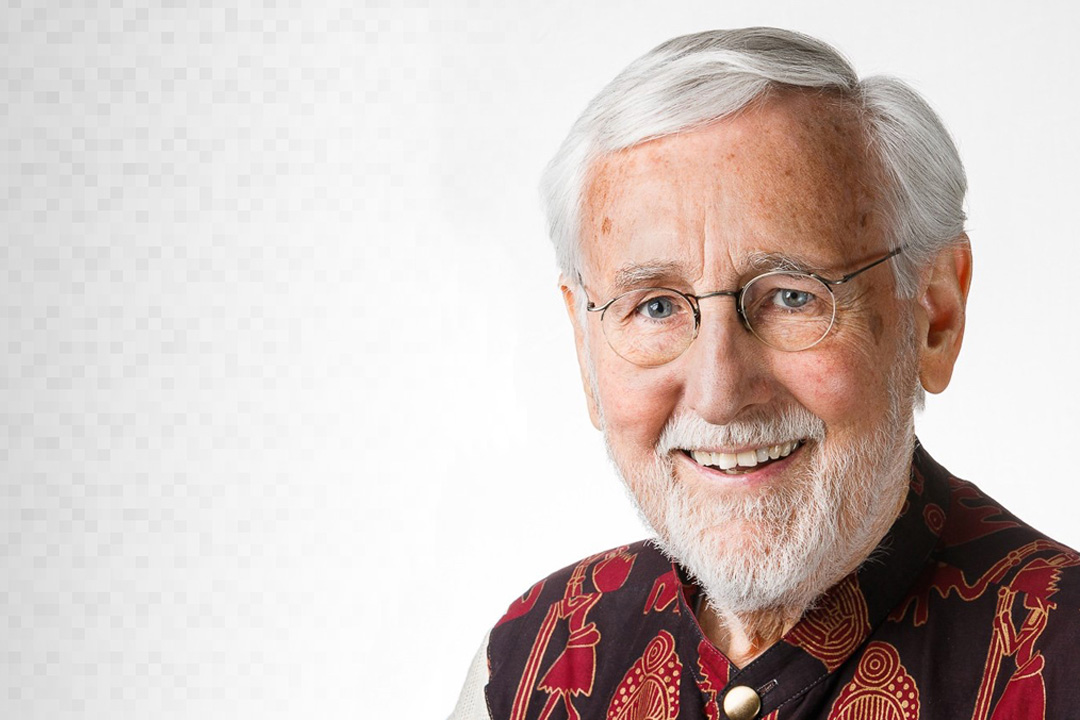
Fighting the opioid crisis
One alumnus is on the front lines helping to battle the opioid epidemic.
By AMANDA WORONIUKYou can hear the passion in Dr. Charles H. Pierce’s (MD’68, PhD’74) voice when he talks about the opioid addiction epidemic, and for good reason. It’s been called one of the worst public health crises in Canadian history, devastating communities across the country, and putting a financial strain on the health-care system.
The opioid epidemic was the topic of the honorary alumni lecture delivered by Pierce at the 2018 Highlights in Medicine alumni reunion conference. Presently based in Cincinnati, Ohio, he has spent more than 48 years as a family physician, including more than 28 years in medical research with experience in drug development research and as an emergency room doctor.
“I was working in urgent care, and a friend of mine said ‘would you be interested ?’ I said ‘yes,’” explained Pierce, on how he started treating patients with an opioid dependency. “I can certainly see the big need. This is a real calling.”
Opioids are a classification of drugs used to treat pain and include morphine, oxycodone and codeine. Misuse can lead to problems, including addiction, overdose and even death. From January to March of this year 1,036 people across Canada died from causes related to using opioids, according to a September 2018 federal government report.
He uses a points-based scorecard to help predict whether patients are at risk for dependency.He cited genetic, environmental and psychological components as factors that can influence opioid addiction.
“A personal or family history of substance abuse, psychiatric disease diagnosis or sexual abuse can led to an increased risk,” said Pierce. “Frequently, [being in an] accident or pain leads to first use, but not always. I’d estimate 50 to 60 per cent of the patients I see started with painkillers such as Percocet or Tylenol 3.”
He added that a high percentage of patients he sees come by opioids from someone other than their physician.
“It’s not always doctor-prescribed. Sometimes they get it through a friend or family member,” Pierce said. “They enjoy the high they get from it and they want something stronger.”
He also discussed the treatment and management of opioid addiction, and noted a combination of medication and therapy is effective in treating patients struggling with addiction.
“Medically-assisted treatment (known as MAT) is very important because it’s not just drugs, it’s a combination of meds and psychological therapy,” said Pierce. "Buprenorphine, the most effective treatment, is in fact an opioid. It works by blocking other opiates and prevents a physical craving for those opiates. Stopping the physical craving is just the beginning. You must change their thinking and you have to do counselling.”
In the United States, doctors who prescribe opioid medications (such as buprenorphine) are required by law to have “waiver” certification, which Pierce obtained four years ago. Once certified, physicians must abide by strict rules in writing prescriptions.
“In Ohio and in several states, we now have definite rules. Doctors may not write a prescription for longer than seven days,” he said. “On the prescription, I have to use the ICD-10 diagnostic code for opioid use and also the number of days.”
Pierce touched on how fentanyl has come into the market and has shown up in drugs including heroin, cocaine and marijuana. Fentanyl is inexpensive to manufacture and 50 times more potent than heroin. The potential for a drug to contain fentanyl has changed the way health-care professionals respond to an overdose.
“In the U.S., we now administer naloxone in all drug overdoses as the likelihood of fentanyl is high,” said Pierce, noting that naloxone that can temporarily stop or reverse the effects of an overdose. “Canada was the first area in North America where they made naloxone over-the-counter. In the U.S., in the majority of states you have to have a prescription for naloxone.”
In fact, Canada has taken the lead by being the first to have medically supervised injection facilities and anonymous drug testing services available, so those addicted will know what they really purchased. Both of these initiatives have been shown to be very helpful despite initial doubts. How can the opioid epidemic be reversed? Prevention and education will play a part, explained Pierce, noting that shorter prescription lengths and making naloxone widely available will help. Despite what seems like an uphill battle, Pierce remains a passionate advocate in the fight against the opioid crisis.
“This is an important issue. This is something we all need to get involved in.”

